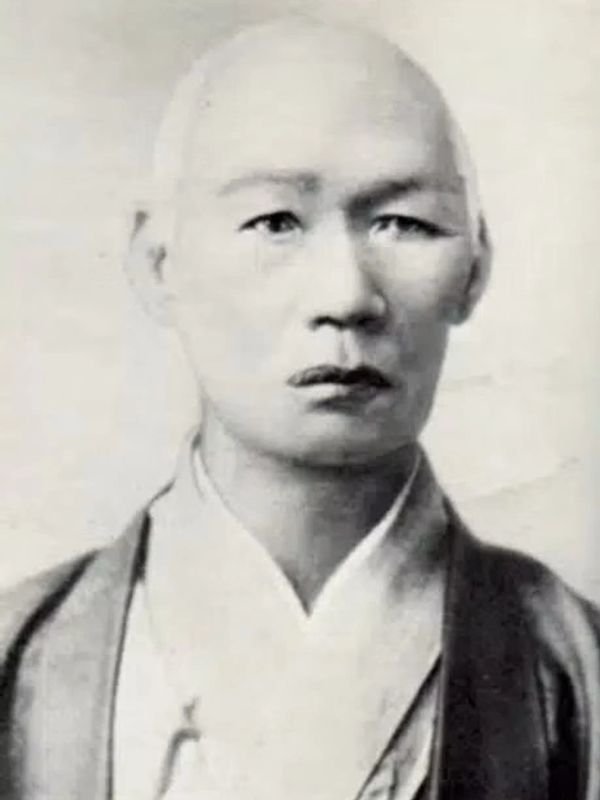The story of Manjiro Nakahama (John Manjiro)

In 1841, fourteen-year-old Manjirō Nakahama, a humble fisherman from Japan, was shipwrecked with his crewmates on a deserted island in the Pacific. At that time, Japan was a closed nation — contact with foreigners was forbidden, and leaving the country was punishable by death. After months stranded, Manjiro and his companions were rescued by Captain William H. Whitfield of Fairhaven, Massachusetts, aboard the whaling ship John Howland.
Captain Whitfield grew close to the bright and curious young Manjiro and, upon returning to the United States in 1843, brought him to Fairhaven, where Manjiro became the first Japanese person to live in America. He studied English, mathematics, and navigation, and experienced a way of life entirely different from the Japan he had known. Manjiro lived for a time at 11 Cherry Street, Whitfield’s home — now the Whitfield-Manjiro Friendship House — where he spent his first night on American soil.
After several years, Manjiro made the courageous decision to return to Japan, despite the risk of imprisonment. His knowledge of Western language, technology, and culture proved invaluable: he became an interpreter, educator, and advisor to the Japanese government during the nation’s opening to the West in the 1850s. Manjiro helped translate navigation texts, taught at what would become Tokyo University, and played a quiet but pivotal role in bridging two worlds at a moment of great global change.
Manjiro’s legacy of friendship and diplomacy endured for generations. In 1933, President Franklin D. Roosevelt — himself a descendant of New England whaling families —wrote a letter to Manjiro's eldest son, Toichiro Nakahama, writing, in part, “You may not know that I am the grandson of Mr. Warren Delano of Fairhaven, who was part owner of the ship … that brought your father to Fairhaven … when I was a boy, I well remember my grandfather telling me all about the little Japanese boy who went to school in Fairhaven …” President Roosevelt referenced the story of Captain Whitfield and Manjiro as a symbol of goodwill and peace between Japan and the United States. During World War II, Roosevelt again cited the Manjiro story as proof that mutual respect and understanding could overcome conflict.
Today, through the efforts of both Fairhaven and its sister city, Tosashimizu, Japan, the Whitfield-Manjiro story continues to inspire cultural exchange programs, student visits, and the biennial Manjiro Festival, celebrating the extraordinary friendship that helped open the door between two nations.
This website uses cookies.
We use cookies to analyze website traffic and optimize your website experience. By accepting our use of cookies, your data will be aggregated with all other user data.